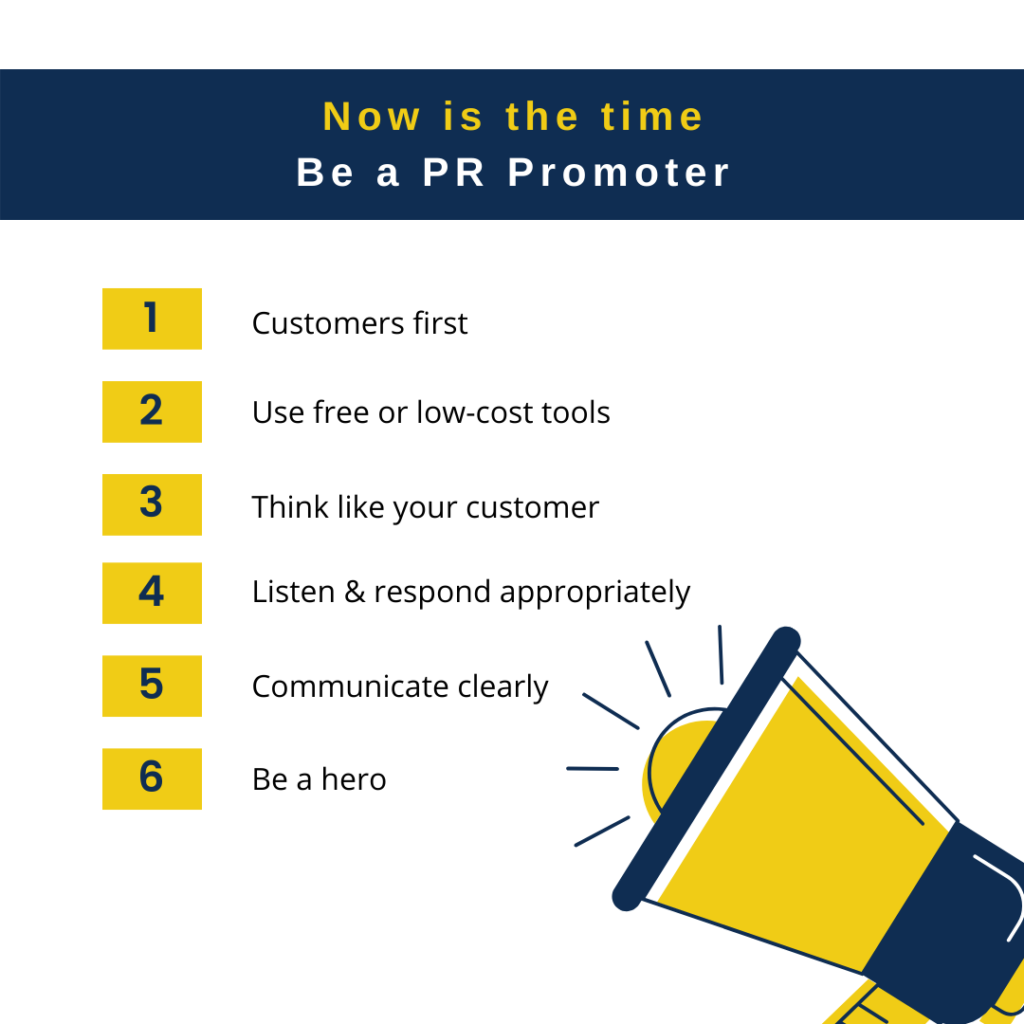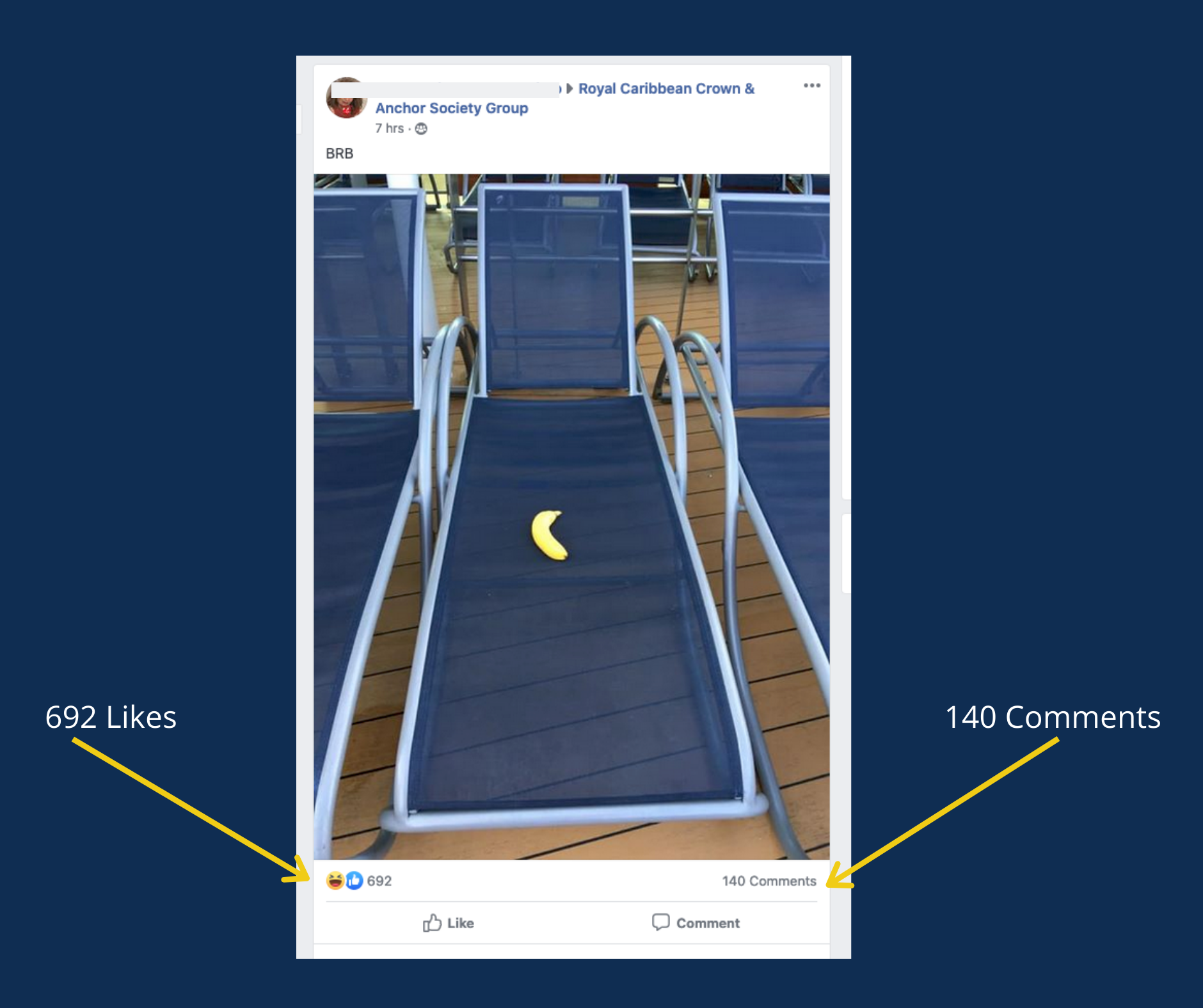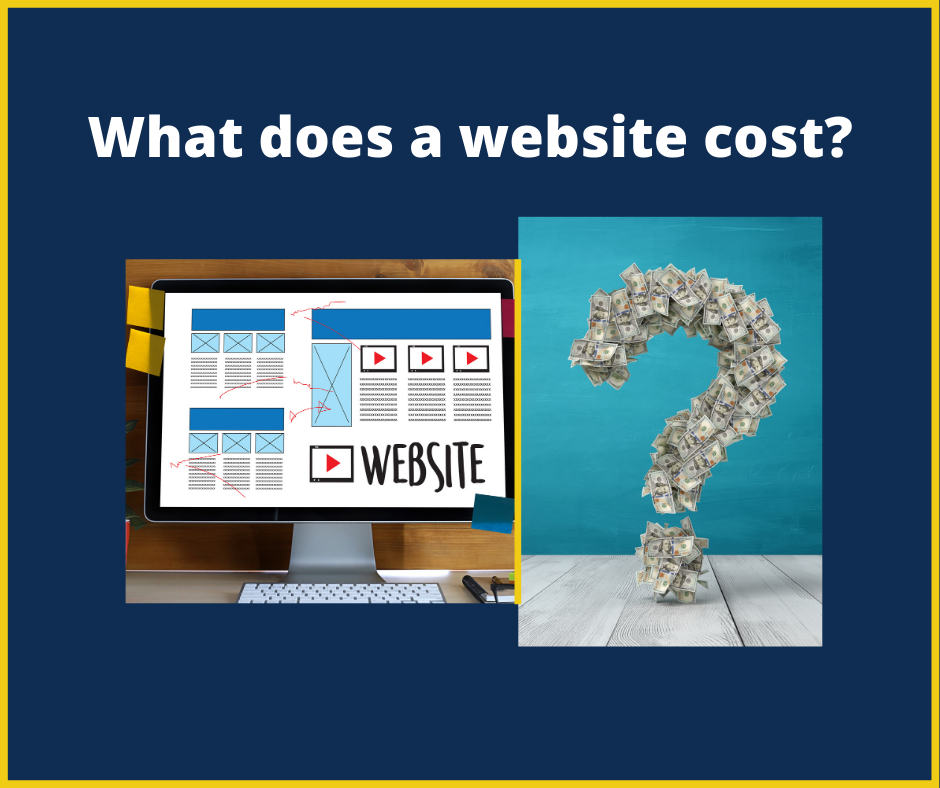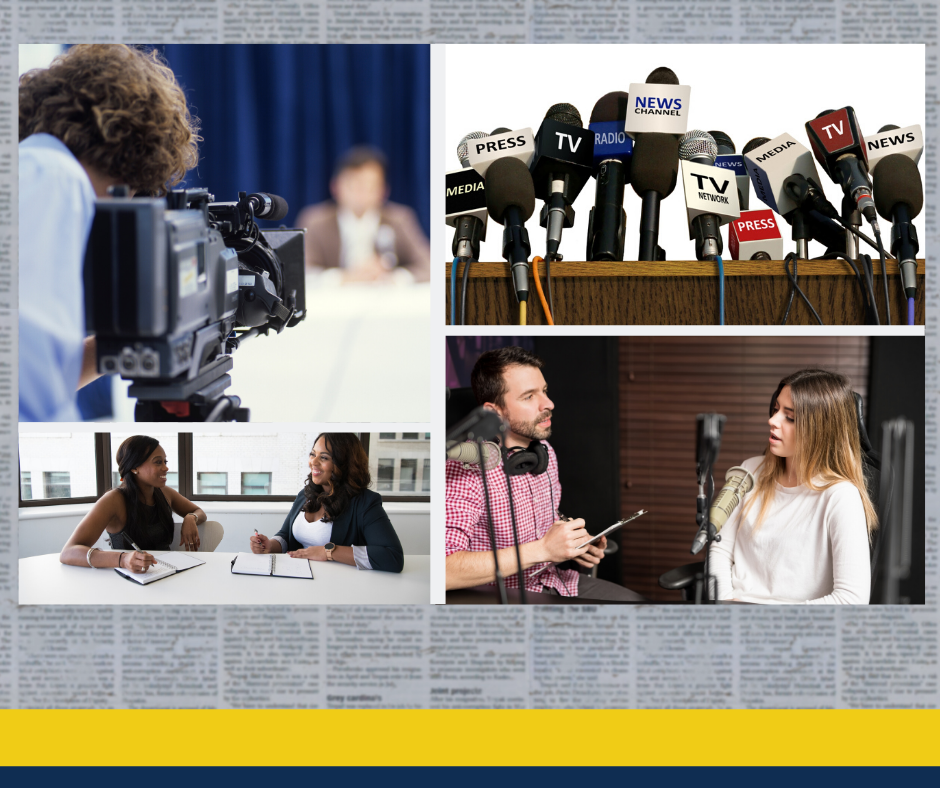 Study after study shows companies that continue promoting their business are stronger than companies that slash their marketing budgets during an economic downturn. A U.S. study of recessions looked at 600 companies covering 16 industries. Firms that sustained or increased marketing communications budgets during the 1981-82 recession averaged higher sales growth post-recession than the others. Study after study provides similar data.
Study after study shows companies that continue promoting their business are stronger than companies that slash their marketing budgets during an economic downturn. A U.S. study of recessions looked at 600 companies covering 16 industries. Firms that sustained or increased marketing communications budgets during the 1981-82 recession averaged higher sales growth post-recession than the others. Study after study provides similar data.
Yes, budgets are tight, and we’re all waiting to hear what happens next. Yet there are basic public relations tools companies can use to keep moving forward and promote business. Here is the counsel we’ve provided over the last month and a half. I hope you find a solution here to help you keep focus and move business forward.
1) Customers first
The first question several clients had in recent weeks was to ask, “What’s going to happen to my prospect pipeline?”
Our recommendation: focus first on your current customer. One client reported back that they took did just that by setting virtual customers calls to simply ask, “How are you?”
Here’s how one call went, according to the client: They talked about family, kids and life for about 30 minutes; then talked industry for about 15; and at the end the client asked for an order. That wasn’t the intention of the call. What made the difference? The client took a personal interest in the customer.
2) Use free and low-cost tools
Now is a great time to try tools and find out what works for your business. I stress make a plan with message before starting to use the tools to be sure you’re using what makes sense for your company.
If you’ve been thinking about social media (FREE), first choose the right channel. Business to business traditionally does well on LinkedIn, for example. Then try Canva to make your post graphics. Canva has a limited account that’s FREE. It has photos, graphics, backgrounds and lets you set up your brand fonts and colors. It’s easy to use and provides a professional look.
Mail Chimp and Constant Contact also have low cost accounts if you’d like to start email campaigns. Just be sure when you start the campaign to introduce yourself to people you email before pushing the sale. Right now, more than ever, people are looking for advice not the sales push.
Google has a lot of great business tools for companies and business owners that are also complimentary. If you haven’t “claimed” your business, start there. Google takes you through steps to set up the account that include adding hours, services, photos and basic information.
3) Think like the customer
Mindsets have changed since January when companies began the year with new marketing budgets and strategies. Review your company message and think about your customer. Ask yourself how they’re thinking about things now versus 90 days ago. Right now, people are focused on family and they want a good customer experience. When you watch a television show on a network pay attention to the ads now. They’re all about family and coming together. How can your company message respond to that basic human need we all have right now?
4) Listen and respond appropriately
Public relations professionals use the phrase “tone deaf” when we talk about companies or business owners who simply are staying the course and not considering current mindset—family and let’s come together. Some companies have spare time right now and it’s been noticed that they’re jumping into communications without completely thinking through the tools, message and delivery.
How many mass emails have you gotten from companies and/or people you don’t know? How many of those emails pushed product or service instead of a basic hello, how are you? I have received many for products or services I’d never need.
As another example, we just worked with a client to respond to a publication owner who didn’t ask, but told us, an ad size was moving from half to full page. He positioned it as being generous. What he didn’t understand is, the client would have to pay to have the ad redesigned/resized. We weren’t asked, simply told via email, and it was very transparent that he needed to fill space. Tone deaf.
5) Communicate clearly
Communications doesn’t work with frequency only. It needs to be clear. A local client has been sending email messages every other week to his customers. He thought he was communicating well because he was sending information.
When the messages were shared, it was apparent why customers were frustrated. He wasn’t communicating what he really meant. The emails had a lot of language about next steps and directives that were either unclear or too demanding. Remember he was communicating with his customer, so being demanding sounded heavy.
Reality is: Some of the information in these messages talked about money. And what really needed to be communicated was not going to be popular. The client was trying too hard to soften the blow. After a lot of conversation, he client agreed just stating the facts would make it easier for everyone to process and move forward.
6) Be the hero not the villain
Bottom line, it’s simply not business as usual right now. Our approach is this: We have contracts with clients that state number of hours per month will be fulfilled based on plans. Those plans changed in recent weeks and continue to evolve. Our clients need support to ensure they’re still open for business short- and long-term. We could continue to enforce hours contracted, or we could do the right thing providing counsel for business owners when they need it most. I choose to be the hero not the villain.
The phrase “we’re in this together” might sound trite, but I believe it’s true. If you’re looking for solutions not sales so you can be a promoter without becoming tone deaf, email or call. I want to hear how you’re doing, what you want to achieve and help to find easy ways to move forward to success.


 Websites are critical to an organization’s reputation and image. For some clients, a sound marketing communications strategy is designed to lead customers to a website to learn, engage and buy. We often get the question: What does a website cost?
Websites are critical to an organization’s reputation and image. For some clients, a sound marketing communications strategy is designed to lead customers to a website to learn, engage and buy. We often get the question: What does a website cost? Often we work with clients who say they are frustrated that they haven’t gotten interviews, profiles or appearances in the press. It’s understandable. They’re trying to figure out how to work with a reporter. I often compare media relations work to making a sale. In business, timing and approach are everything to make the sale. If you’re reading this and doing DIY media relations, here are some tips to consider when working with reporters. And if you’re reading this and thinking you need more press, please give us a call to see if we can support your efforts.
Often we work with clients who say they are frustrated that they haven’t gotten interviews, profiles or appearances in the press. It’s understandable. They’re trying to figure out how to work with a reporter. I often compare media relations work to making a sale. In business, timing and approach are everything to make the sale. If you’re reading this and doing DIY media relations, here are some tips to consider when working with reporters. And if you’re reading this and thinking you need more press, please give us a call to see if we can support your efforts.